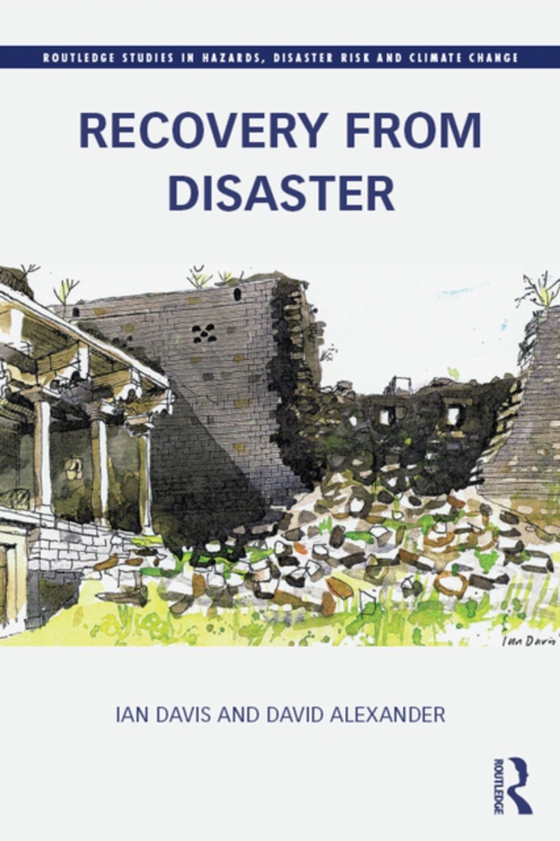
Recovery from Disaster e-bog
436,85 DKK
(inkl. moms 546,06 DKK)
Disasters can dominate newspaper headlines and fill our TV screens with relief appeals, but the complex long-term challenge of recovery-providing shelter, rebuilding safe dwellings, restoring livelihoods and shattered lives-generally fails to attract the attention of the public and most agencies. On average 650 disasters occur each year. They affect more than 200 million people and cause $166 t...
E-bog
436,85 DKK
Forlag
Routledge
Udgivet
20 august 2015
Længde
390 sider
Genrer
Architecture: residential and domestic buildings
Sprog
English
Format
pdf
Beskyttelse
LCP
ISBN
9781317395287
Disasters can dominate newspaper headlines and fill our TV screens with relief appeals, but the complex long-term challenge of recovery-providing shelter, rebuilding safe dwellings, restoring livelihoods and shattered lives-generally fails to attract the attention of the public and most agencies. On average 650 disasters occur each year. They affect more than 200 million people and cause $166 trillion of damage. Climate change, population growth and urbanisation are likely to intensify further the impact of natural disasters and add to reconstruction needs. Recovery from Disastera explores the field and provides a concise, comprehensive source of knowledge for academics, planners, architects, engineers, construction managers, relief and development officials and reconstruction planners involved with all sectors of recovery, including shelter and rebuilding. With almost 80 years of first-hand experience of disaster recovery between them, Ian Davis (an architect) and David Alexander (a geographer) draw substantially from first-hand experiences in a variety of recovery situations in China, Haiti, Italy, Japan, New Zealand, Pakistan, the Philippines and the USA.The volume is further enriched by two important and unique features: 21 models of disaster recovery are presented, seven of which were specifically developed for the book. The second feature is a survey of expert opinion about the nature of effective disaster recovery-the first of its kind. More than 50 responses are provided in full, along with an analysis that integrates them with the theories that underpin them. By providing a framework and models for future study and applications, Davis and Alexander seek both to advance the field and to provide a much-needed reference work for decision makers. With a broad perspective derived from the authors' roles held as university professors, researchers, trainers, consultants, NGO directors and advisors to governments and UN agencies, this comprehensive guide will be invaluable for practitioners and students of disaster management.
 Dansk
Dansk

